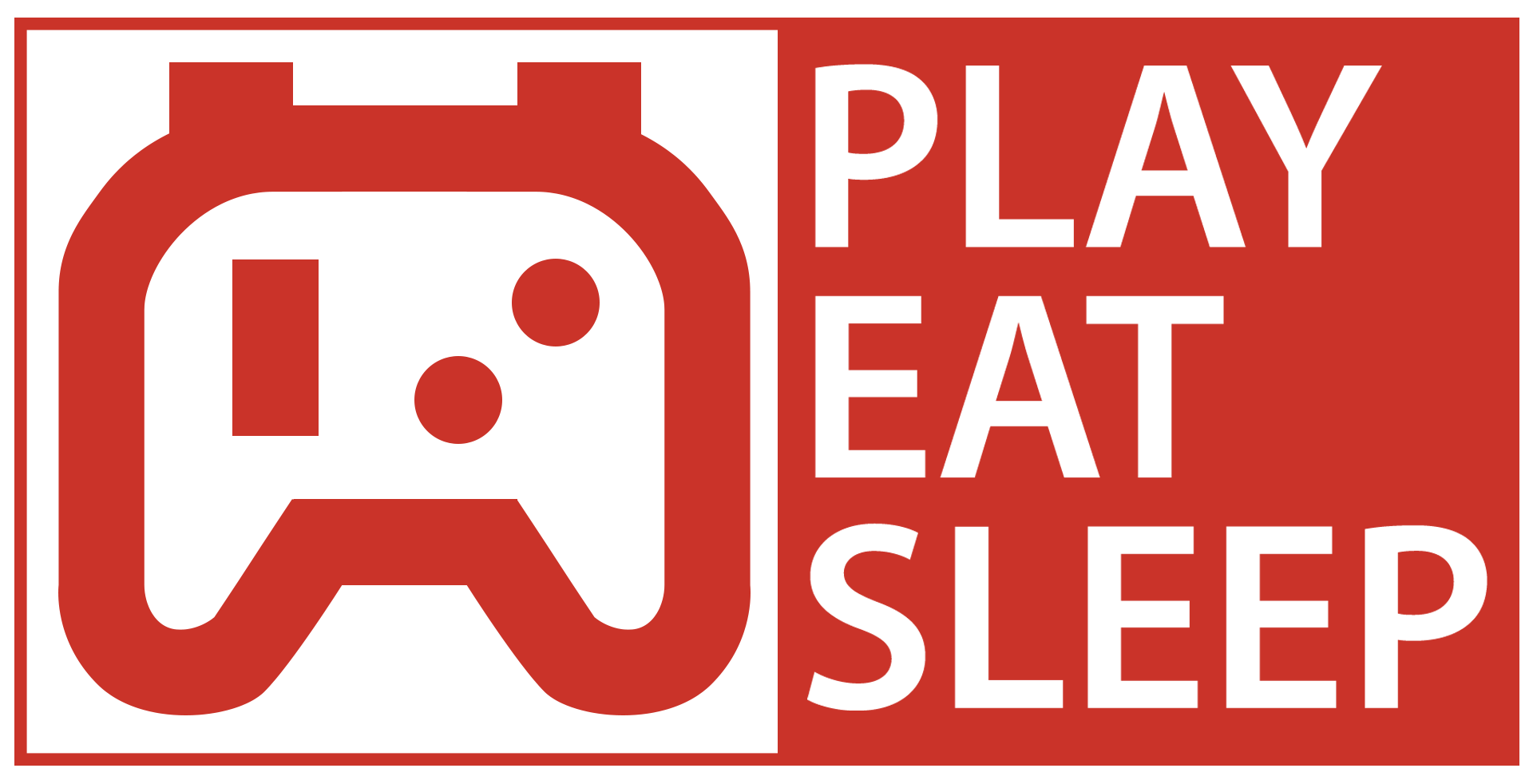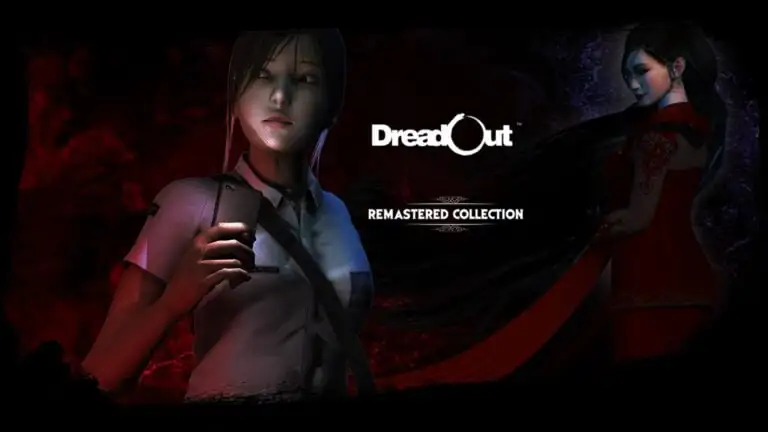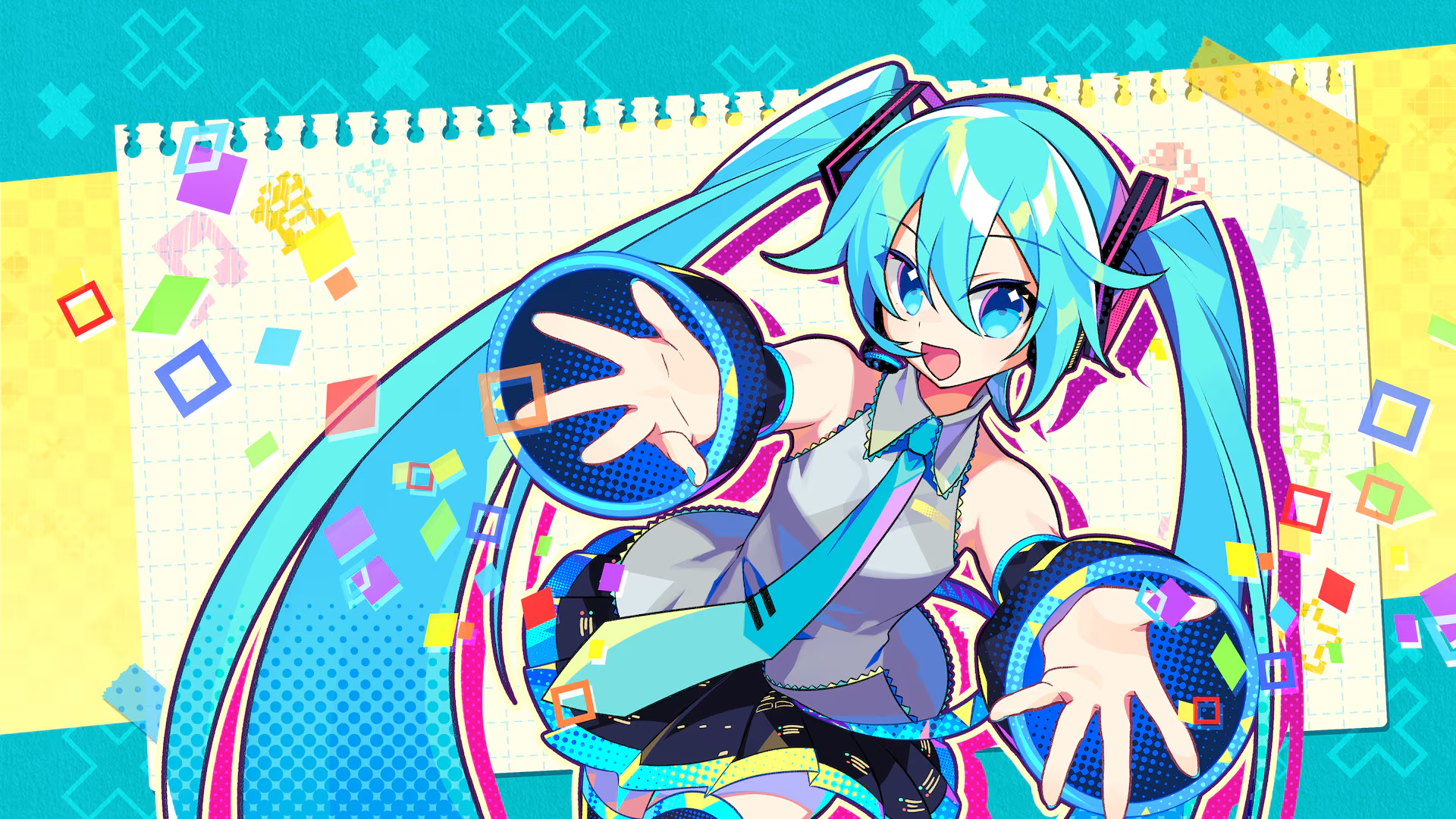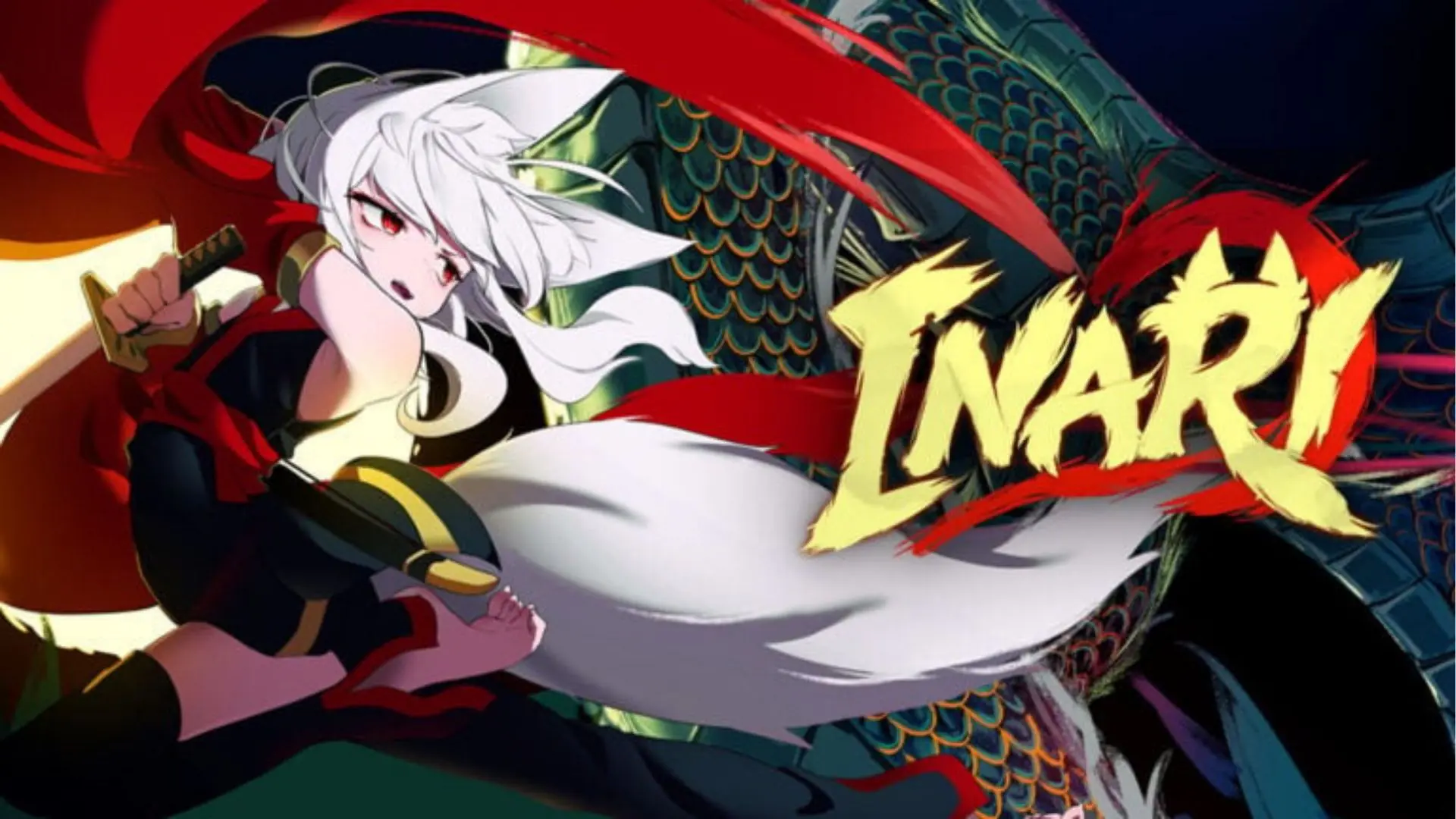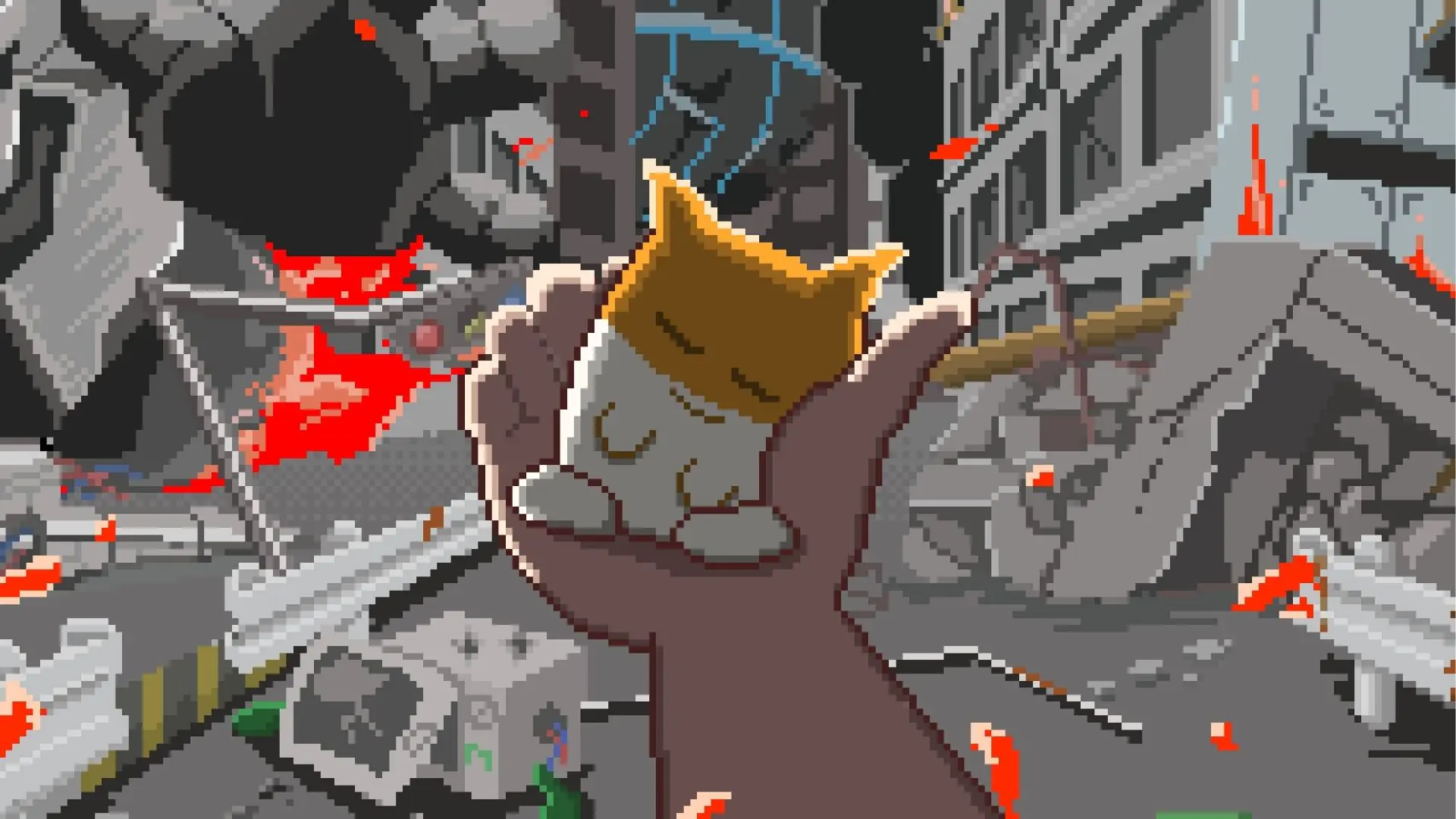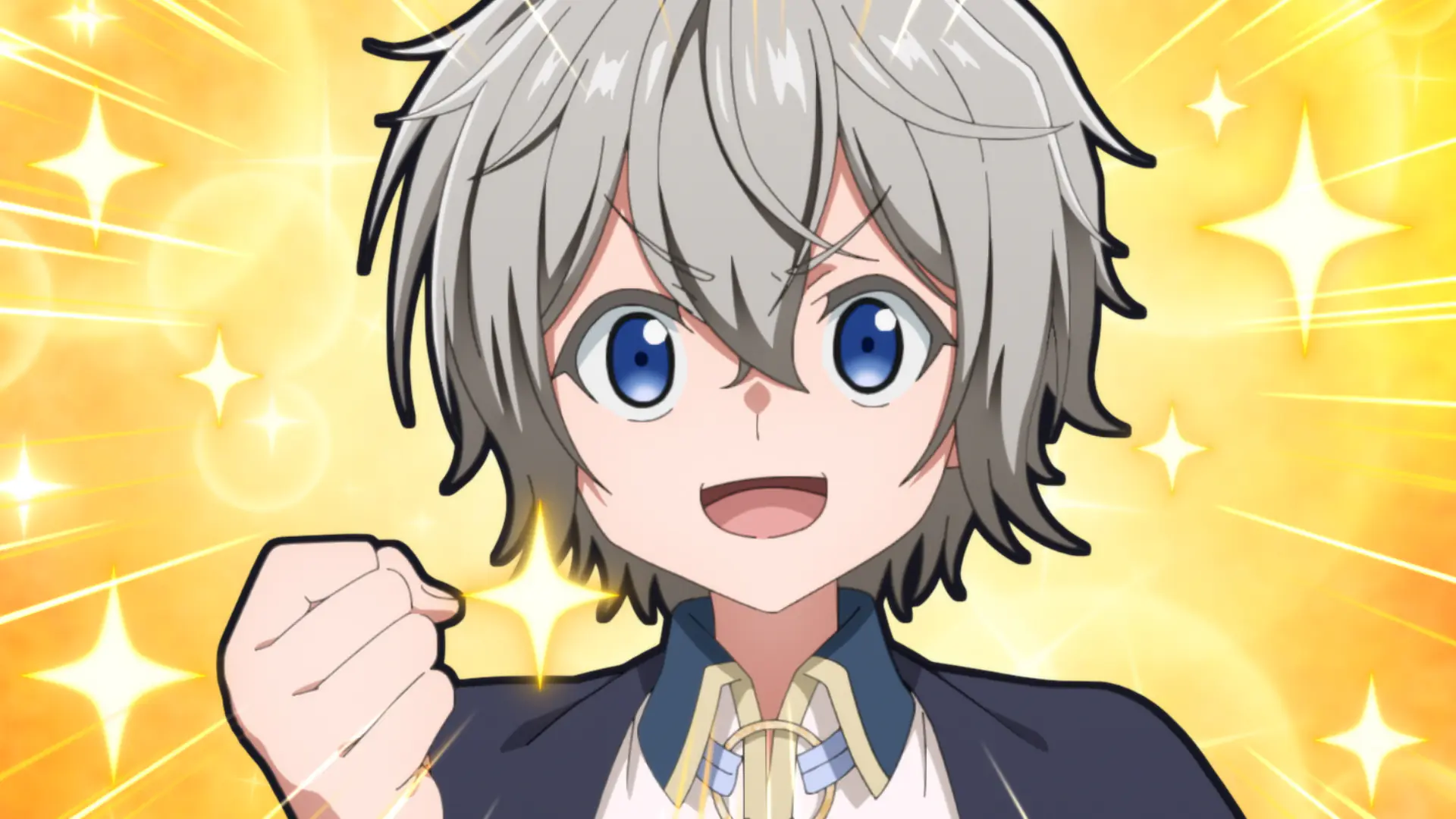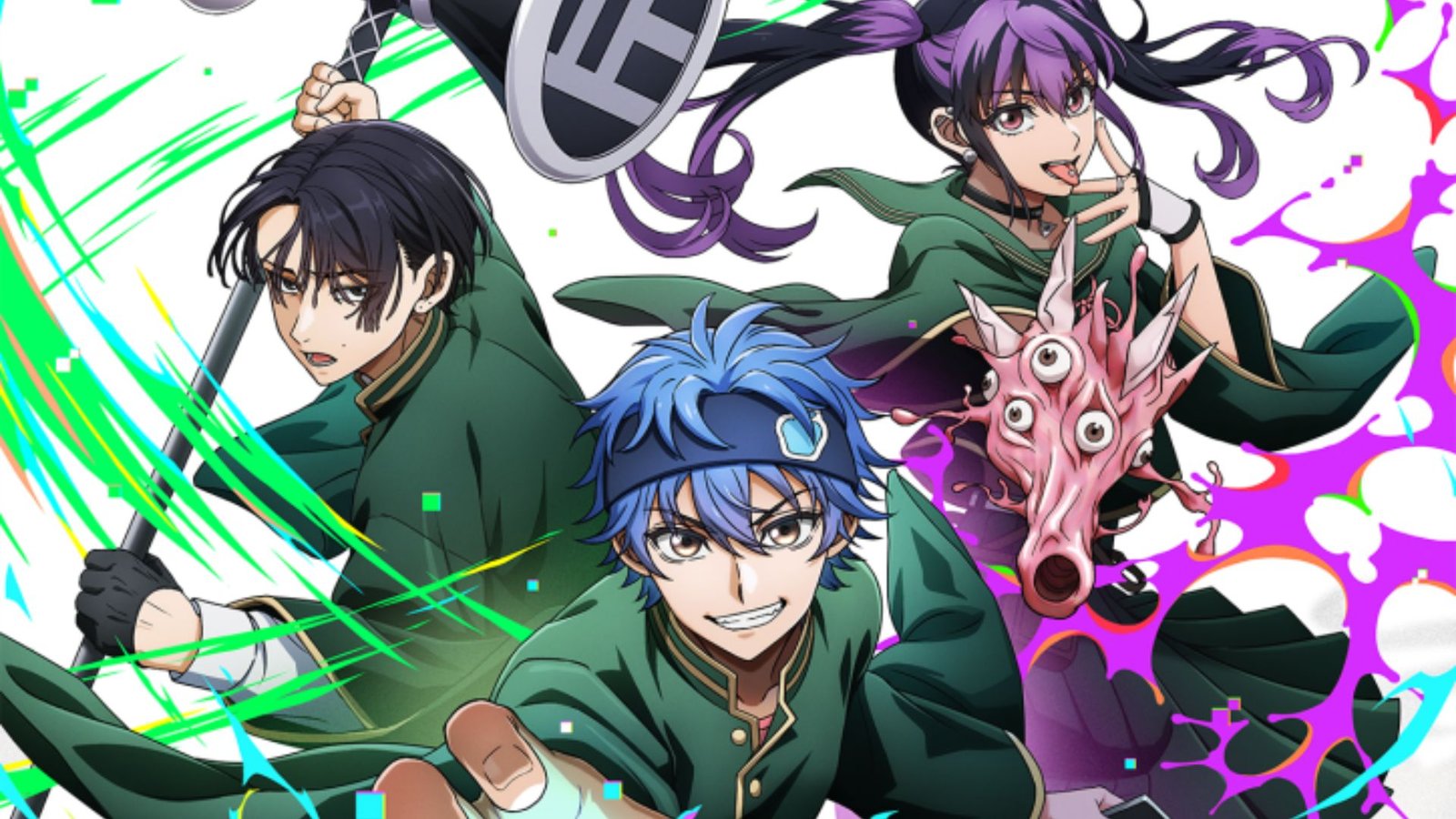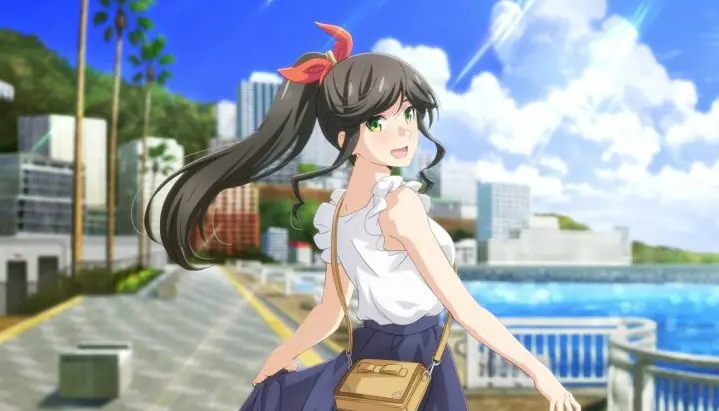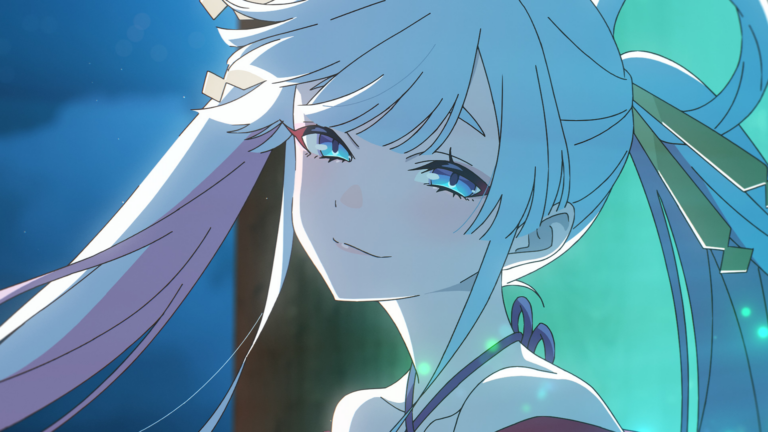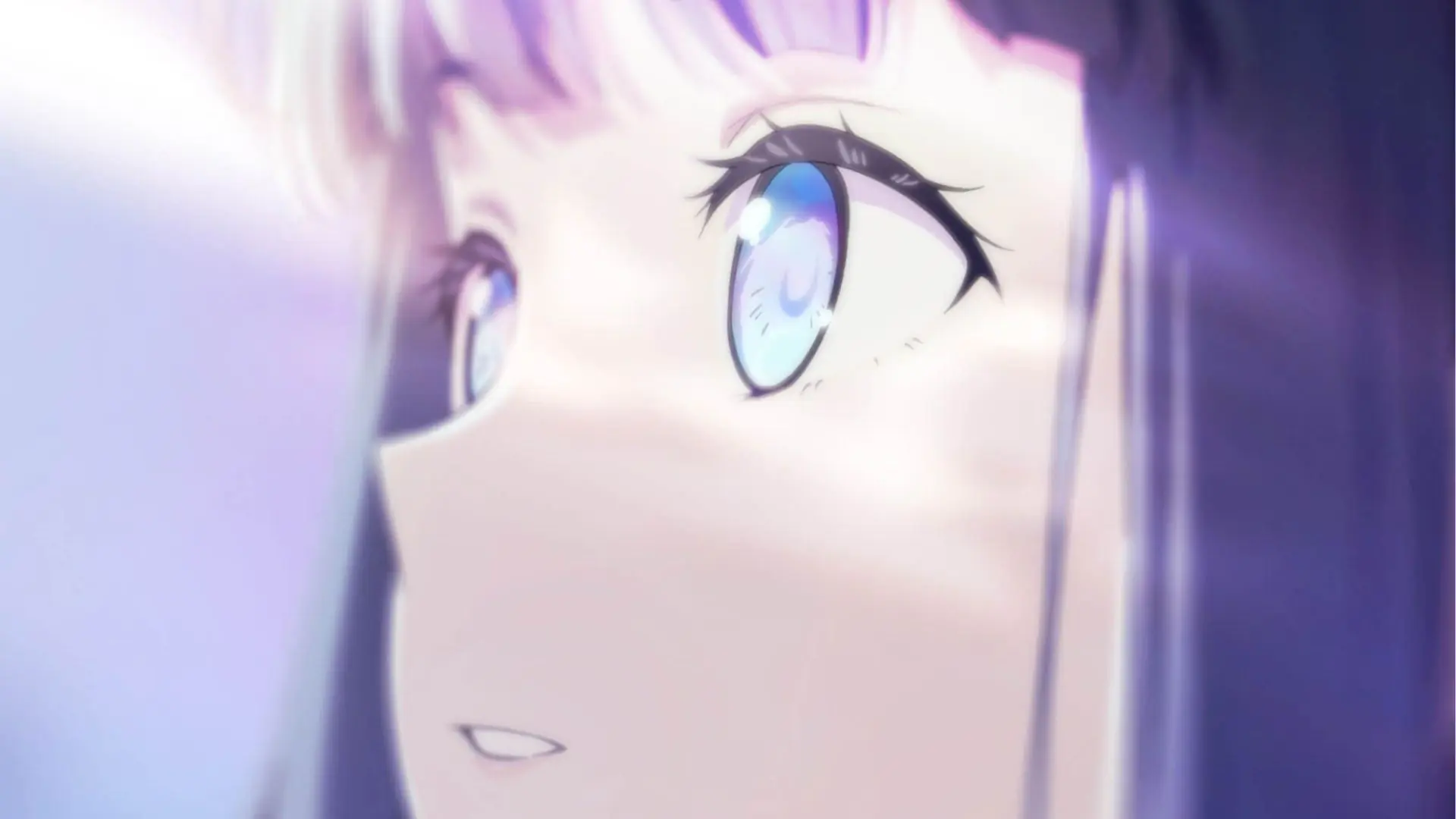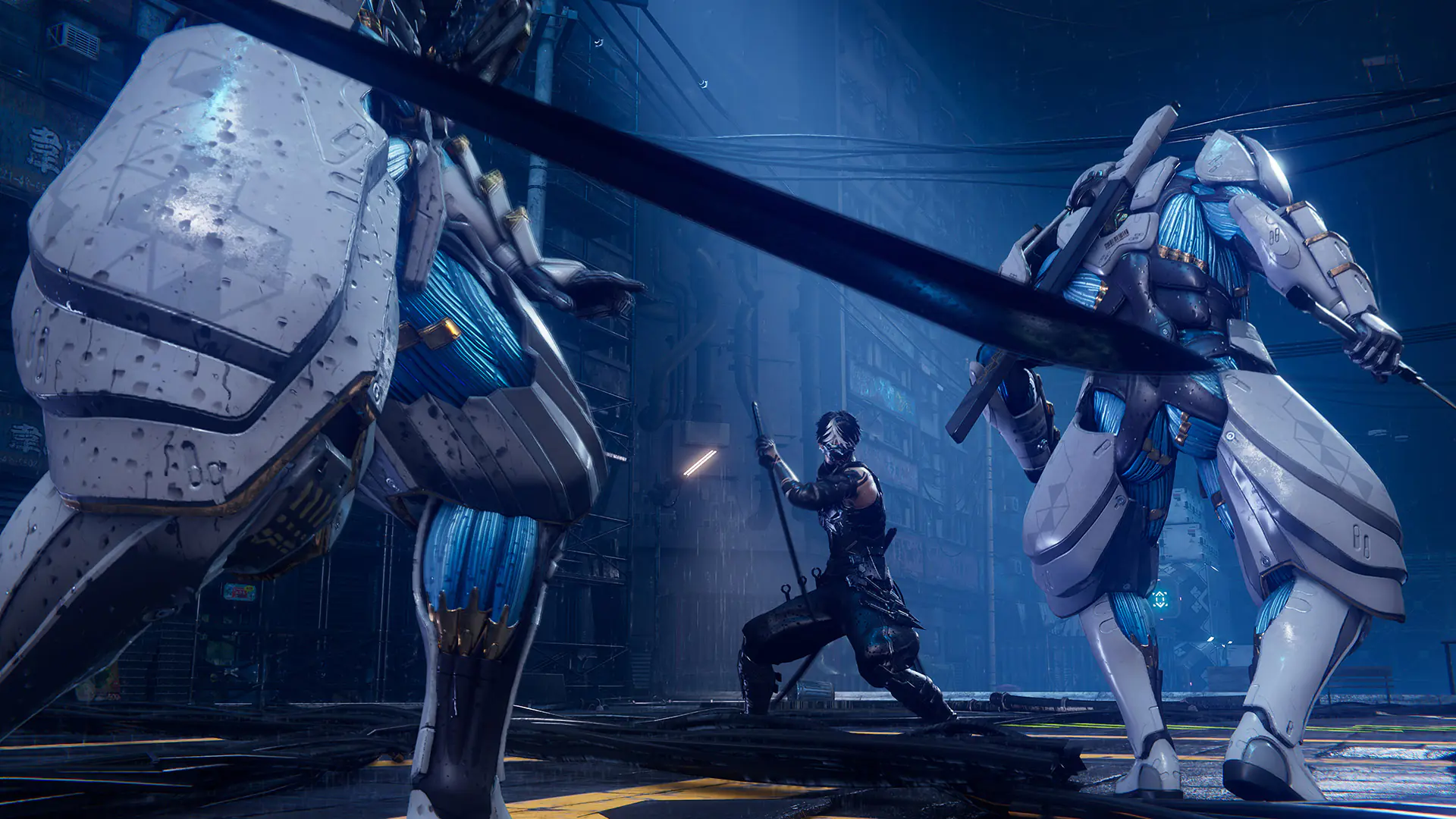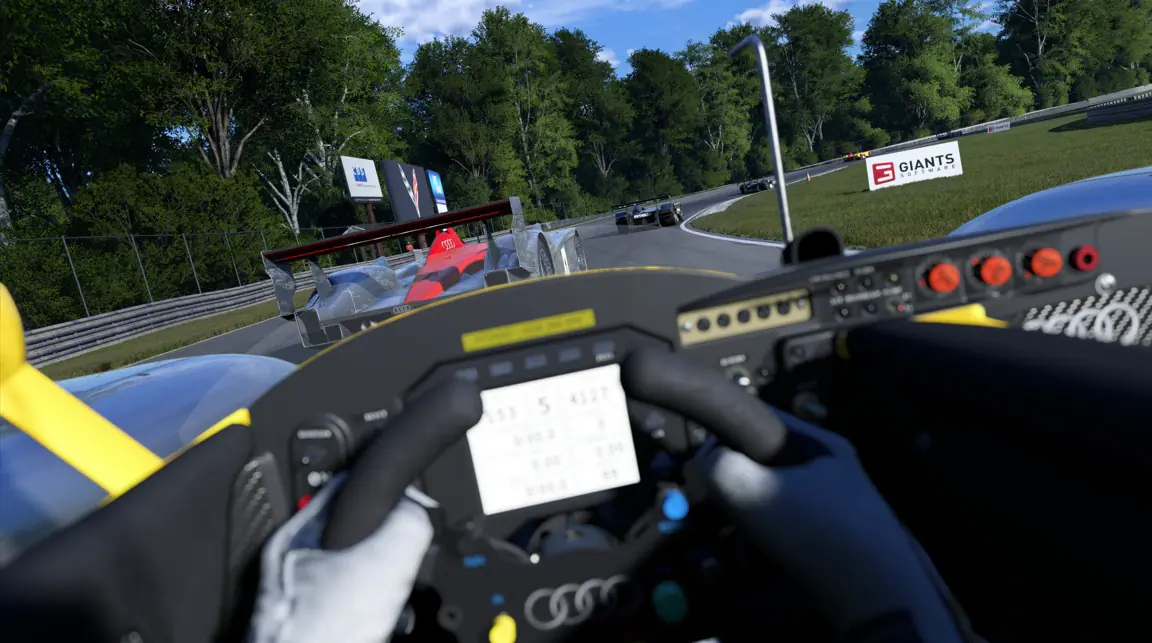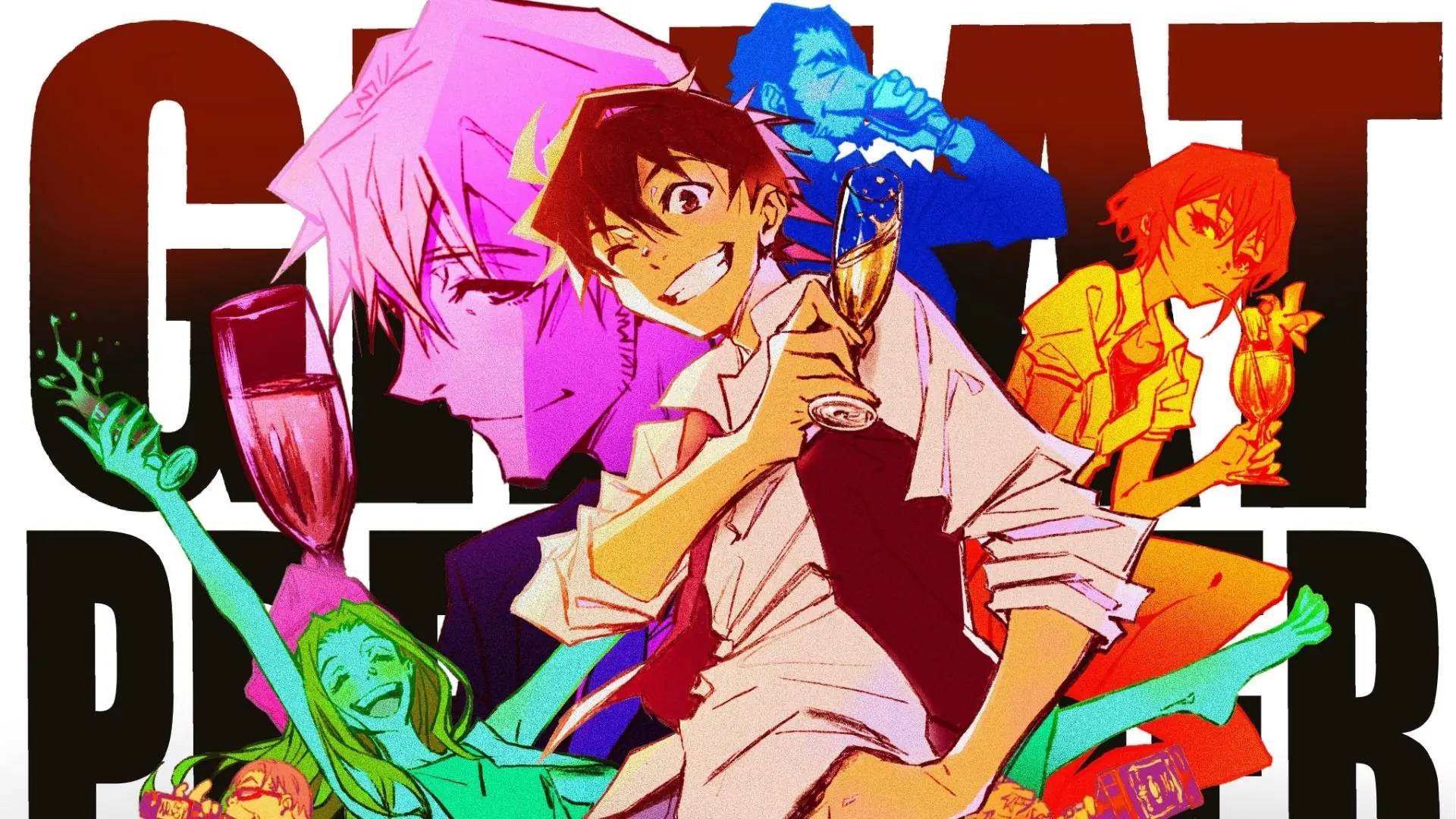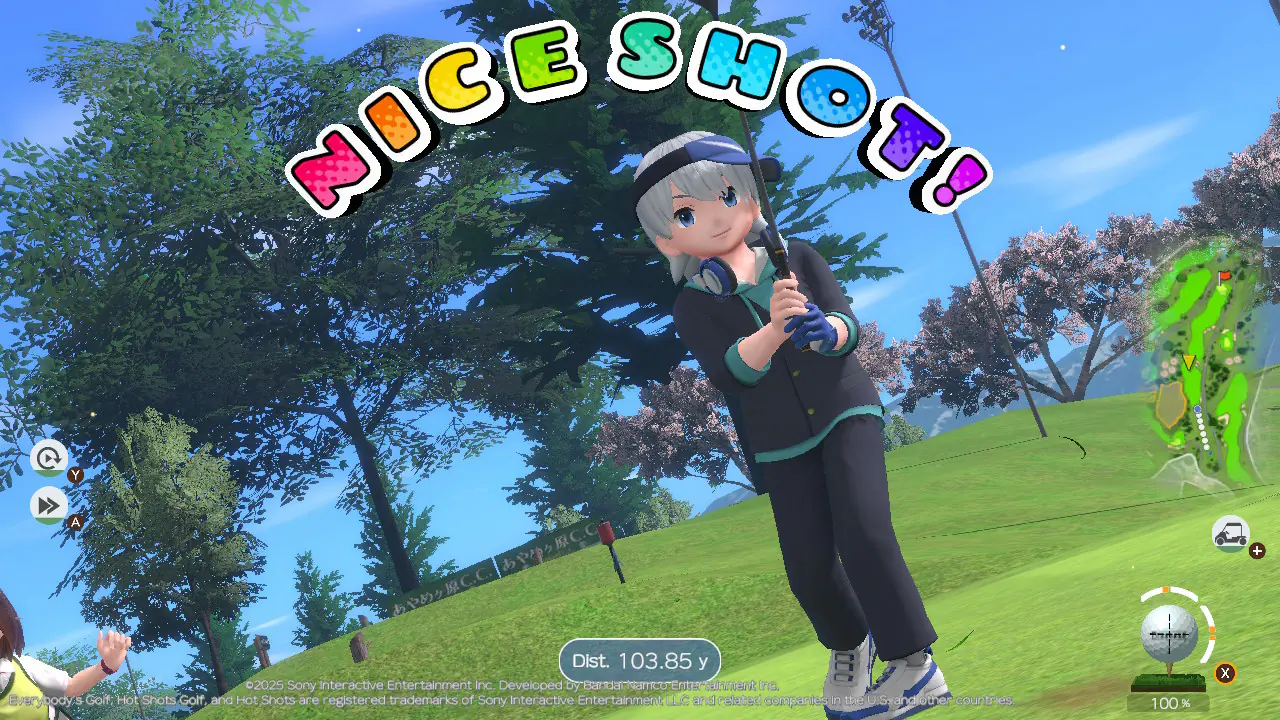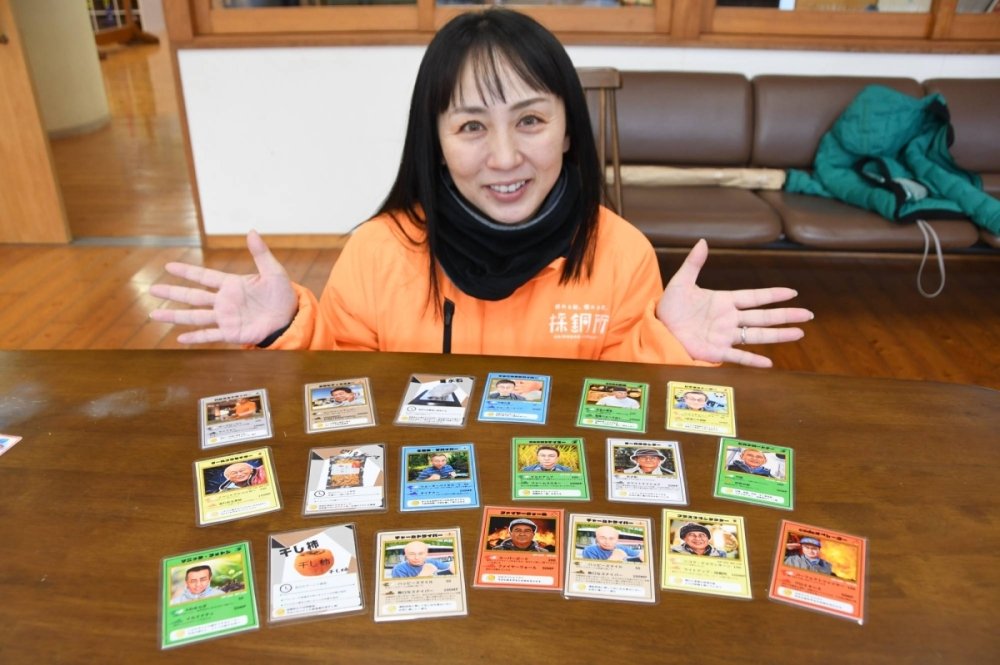Amidst the trend of digital games and fantasy-based collectible cards, a new trading card game from the small town of Kawara, Fukuoka Prefecture, stole the show. Not because of the visual effects, but because of the characters - middle-aged men from the local community who are the main characters in the card game (Ojisan Trading Card Game). Through this unique approach, the game succeeded in connecting the younger generation with the volunteers around them.
How the Game Started
The game was born from the initiative of Eri Miyahara, Secretary General of Saidosho Community Council. Initially, she noticed a distance between children and adults in her community. Many children were reluctant to greet their elders, and adults were worried about being suspicious if they tried to strike up a conversation. From there, Miyahara came up with the idea of introducing local volunteers in the form of a medium that is familiar to children, namely cards.
The idea took off. The cards that were originally only made to be introduced, have now become trading card game which is played with great enthusiasm by the children in Kawara. They not only collect, but also play the cards and are inspired by the characters.
A Simple But Meaningful Card Concept

Senkai via JAPAN Forward
Trading card game is packaged in a format familiar to those of you who love games like Pokemon or Yu-Gi-Oh! But instead of fantasy monsters or heroes, the cards feature ojisan - a Japanese term for middle-aged or elderly men - which comes directly from the Saidosho community.
Each card features a photo or illustration ojisan locales complete with nicknames, elements such as fire or electricity, as well as unique abilities that reflect their skills in the real world. For example, the Firewall describes Kakuji Honda, a former fire chief, with the move "Super Guard." There is also Kazuo Takeshita, a soba master, and Daimitsu Fujii, a former correctional officer who is active as a volunteer, nicknamed All-Rounder.
Each card comes with HP, MP, and a character description that explains the character's unique contribution or ability. Some cards are even given a comedic twist, such as Plasma Conductor which depicts a local electronics repairman with a light bulb in the background.
When Collectible Cards Turn into a Game

Initially, trading card game This was only meant to be an educational collectible card to introduce children to volunteers in their neighborhood. However, great enthusiasm led the children to develop their own game. They started comparing statistics, strategizing and creating card-based game formats.
Seeing this passion, the community team responded by creating simple rules to make the cards playable. In the official version now in use, the game assesses strength based on a character's element and ability. In fact, the rarity of the cards (rarity) is determined by the actual contributions of the leaders in the community. The more active a ojisan in social activities, the higher the potential for the card to be renewed.upgrade into a version of shiny with special laminates.
These cards are only sold at Saidosho community centers. A pack of 3 cards is priced at JPY 100, while a pack of 6 cards - with a chance of containing shiny - All cards are hand-produced by the community team, and as demand continues to grow, stocks often run out in a short period of time.
Games that Bring Community to Life
Effects of trading card game this was bigger than imagined. Children who were once reluctant to greet adults are now recognizing the volunteers who appear on the cards. Daimitsu Fujii, one of the most popular characters, is even asked for autographs by children who recognize his face from the cards. All-Rounder.
Community activities have come to life. The children participate in community service, attend neighborhood events, and show respect for their elders. ojisan who they once barely knew. These middle-aged men are now real-life role models, not because of fictional powers, but because of their daily contributions to society.
The game has become a cross-generational connector, where values such as mutual cooperation and respect for others can be conveyed through a medium that is relevant to today's children.
Response to Representation and Social Value
While many women were also active in volunteer activities, most chose not to be featured on the cards. Some felt uncomfortable being depicted in the context of a combat-themed game. This decision was respected by the creation team, so the cards currently available only feature male characters.
As another form of sensitization, the game also encourages the use of kinder language. Children are not taught to call their opponents "defeated" or "dead". Instead, they use the terms yuzutta, which means "peaceful surrender", was inspired by the name of their school health room. This approach creates a more positive playing environment and honors the original figures behind the cards.
A Widespread Phenomenon
Uniqueness trading card game This didn't stop at Saidosho. Several other regions began to take inspiration and create their own localized versions. In Aomori, there are Fisherman Cards featuring local fishermen in kappa costumes. Toyohashi, meanwhile, created fireworks officer-themed cards complete with their names and backstories.
The project has even caught the attention of Japan's Ministry of Internal Affairs and Communications (MIC), which sees the game's potential as a model for community revitalization. By combining education, local appreciation, and game elements, trading card game such as this opens up new opportunities to build intergenerational relationships in Japan's small towns.
In a simple and meaningful way, trading card game with ojisan characters proves that a game doesn't have to be grand to have a big impact. When children begin to recognize, greet and appreciate those around them through simple, handmade cards, it's proof that games can strengthen communities - one card at a time.
Source: JAPAN Forward
